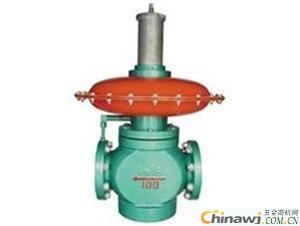Understanding installation and commissioning is the first step in mastering a pressure regulator. |
Knowing how to install and debug a voltage regulator is essential for proper operation. If you're looking to learn more, it all starts with the installation and commissioning process. Let’s walk through what you need to know about setting up a pressure regulating metering station: Installing a pressure regulating metering station is straightforward. It involves securing the unit to a stable foundation using anchor Bolts. Then, connect the inlet and outlet flanges to the gas pipeline network and ensure proper electrostatic grounding. Be careful not to force the flanges into place—make sure they are aligned properly and installed parallel to each other. Before installing the pressure regulating metering station, the external piping should be cleaned, tested for pressure, and checked for tightness. If the station and the pipeline are being installed together, all valves on the equipment should remain closed during the pipeline pressure test (since the pressure regulator has already passed factory testing). Failing to do so could damage the unit. Only after the pipeline cleaning and pressure test are completed can the pressure regulating station be activated. Once operational, monitor the pressure readings on the pressure gauge. If adjustments are needed, use a screwdriver to turn the adjustment screw—clockwise to increase pressure, and counterclockwise to decrease it. This will help achieve the desired outlet pressure. If the required pressure is higher than the initial setting, you may need to replace the adjustment spring with one that has a different wire diameter. Choose the appropriate spring based on the outlet pressure level and re-commission the system. Avoid applying excessive force when adjusting the screw, as this could cause spring deformation or damage to the diaphragm. In cases where the pipeline pressure becomes too high or too low, the regulator will automatically shut off. To restart it, simply pull out the reset switch. Proper installation and commissioning not only ensure safe operation but also extend the lifespan of the equipment. Always follow manufacturer guidelines and safety protocols when working with pressure regulators. Whether you're a technician or a new user, understanding these steps is crucial for effective system performance. |

Retaining Rings,Retaining Ring Internal Circlips,Retaining Circlips For Shaft,Spring Retaining Rings
Kunshan Liyue Hardware Products Co.,Ltd , https://www.fixlyhardware.com